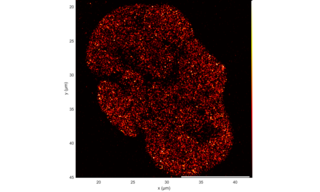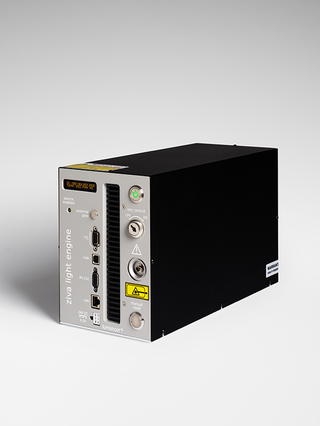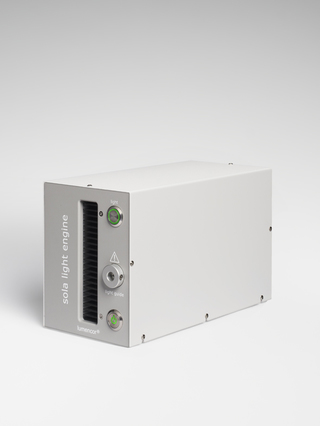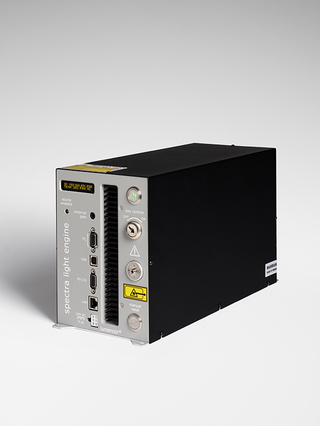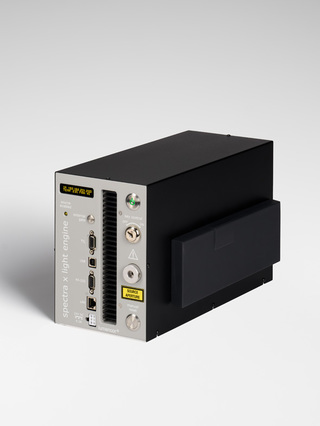Microscopy
Light microscopy is a core research technique in cell biology. Yet its utility extends far beyond, across all fields of research, manufacturing and testing where structural information on micron-scale features is required. Light microscopy encompasses a multitude of specific techniques, some of which are listed below. Lumencor’s solid-state Light Engines excel in all of them.
Commonly Used Products
Microscopy




